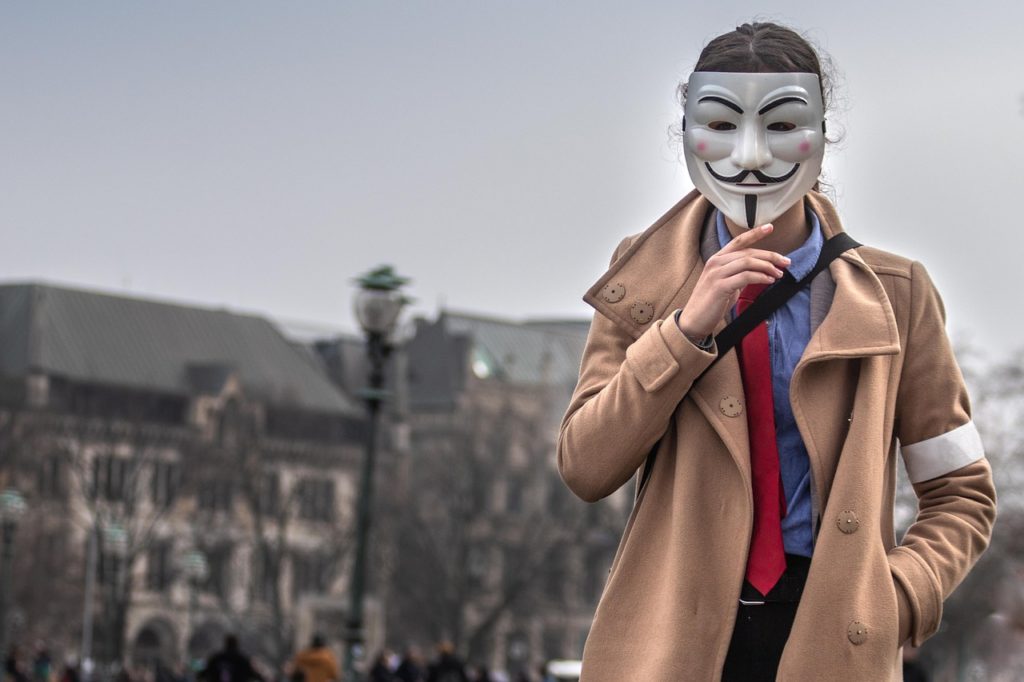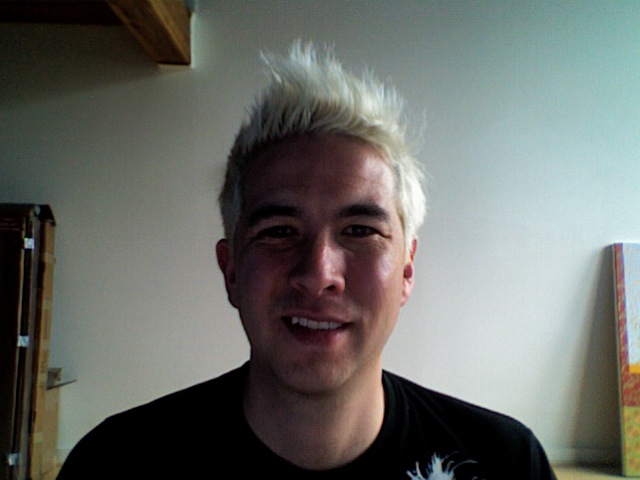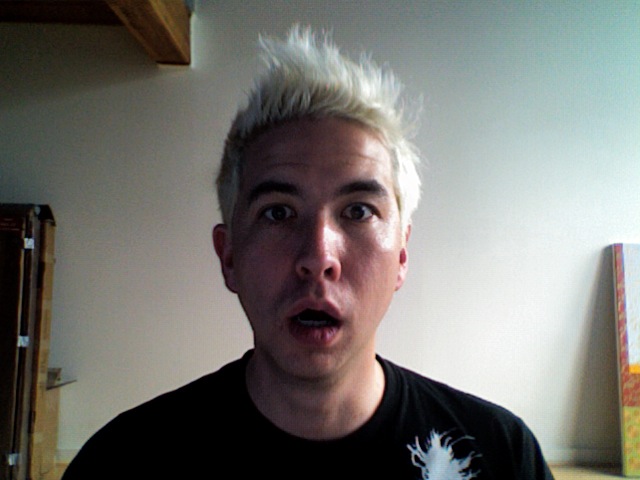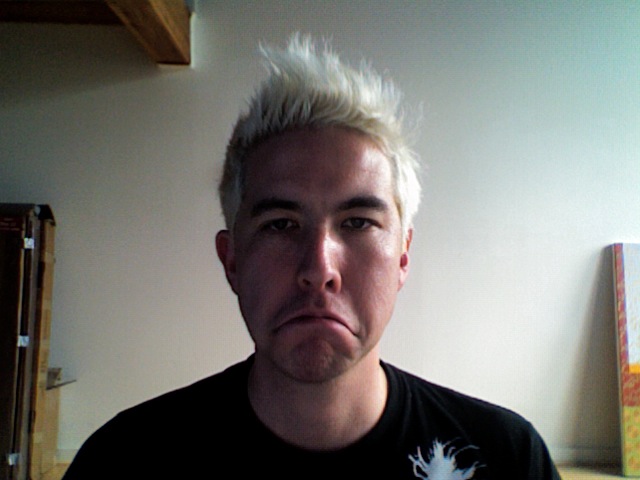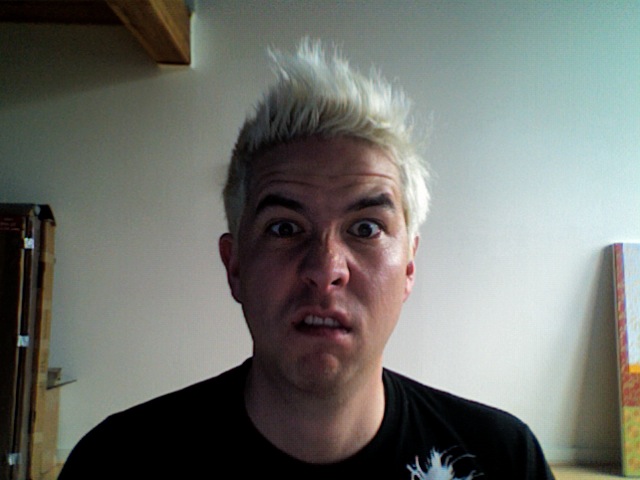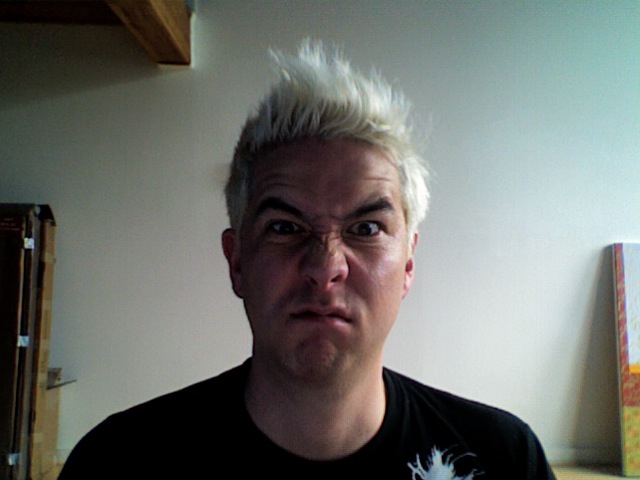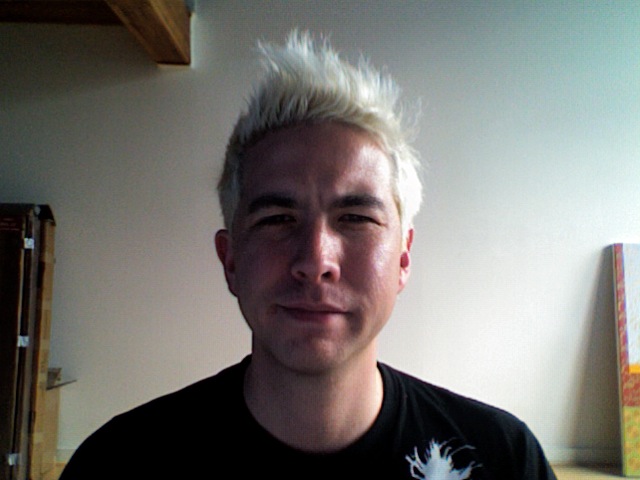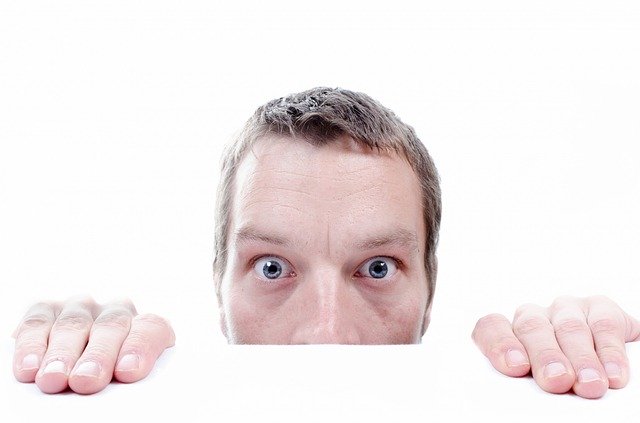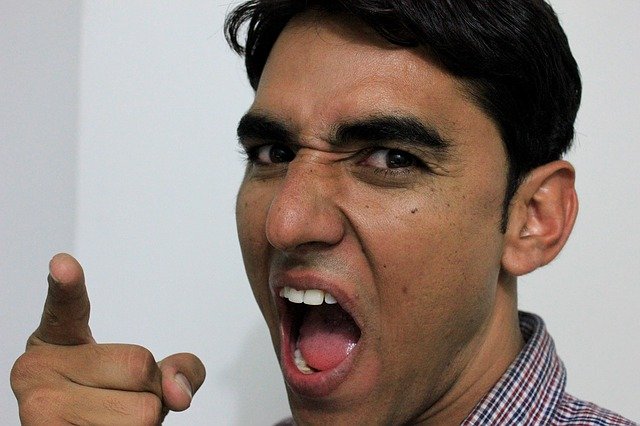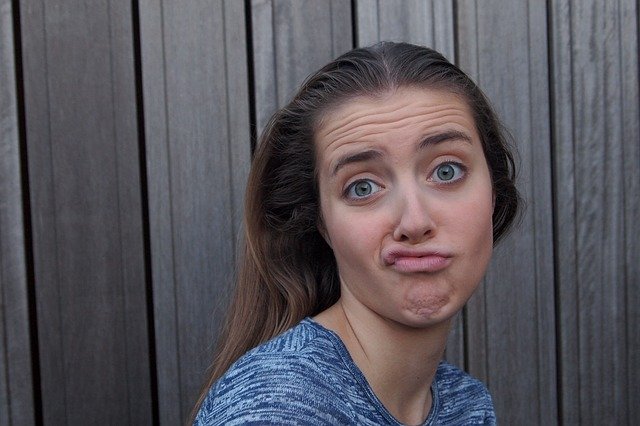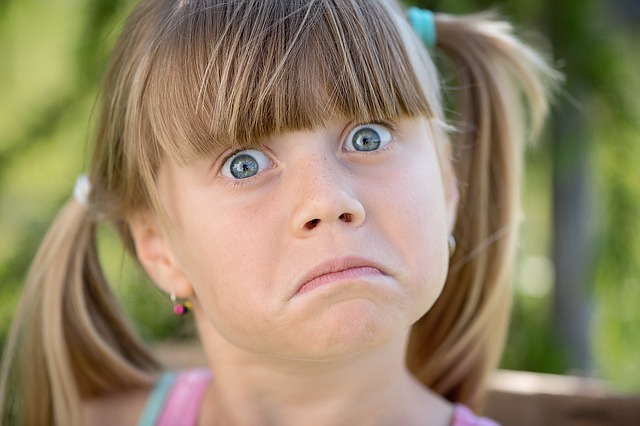The Basic Universal Facial Expressions Posted by Nadya on Sep 21, 2020 in Vocabulary
Emotion (эмо́ция) is the process of automatically reacting (реаги́рование) to events based on the personal past. Charles Darwin was one of the first to study emotions (эмо́ции). His evolutionary theory of the origin of emotions, “The Expression of Emotions in Humans and Animals “, published in 1872, described the principle of a living organism and proved that human and animal behavior (поведе́ние) is not very different.
According to this theory, emotions developed in the evolution of living beings as vital adaptive (адапти́вный) mechanisms. Since then, there have been arguments both in favor and against Darwin’s conclusions. after the publication of Darwin’s work, a number of psychologists (психо́логи) continued to study this subject.
Paul Ekman was the pioneer of research on emotion recognition in the 1960s. Through his studies, Ekman found that facial expressions (ми́мика/выраже́ния лица́) are universal across members of Western and Eastern cultures. Today, he separates those indicating happiness (сча́стье/ра́дость), disgust (отвраще́ние), anger (злость/гнев), sadness (печа́ль), surprise (удивле́ние), fear (страх), and contempt (презре́ние). The number of basic emotions changed during the study: for example, in 1992, Ekman wrote that there are six basic emotions – anger, fear, sadness, joy (ра́дость), disgust, and surprise – and there were five more, which could also be included in this group: contempt, shame (стыд), guilt (чу́вство вины́), embarrassment (смуще́ние), and awe (тре́пет). Each basic emotion has a corresponding facial microexpression (микровыраже́ние), which no one can hide because it is practically not controlled. Microexpressions often take fractions of a second, and only trained people can pick up on them if a person is “wearing a mask” of another emotion. But none of us can have a poker face all the time.
Let’s take a look at those seven basic facial expressions and the spots to pay attention to for reading them.
Joy/Happiness (ра́дость/сча́стье)
Crow’s feet (гуси́ные ла́пки) are near the eyes (глаза́)
The mouth (рот) may be open (откры́т)
The teeth (зу́бы) may be exposed (обнажены́)
The lip (губа́) corners (уголки) are raised upwards (вверх)
The wrinkles (морщи́нки) are in between the nose (нос) to the outer lip
The cheeks (щёки) are raised (припо́дняты)
The lower eyelid (веко) may wrinkle or tense (напряжено́)
Surprise (удивле́ние)
The eyebrows are raised and arched (изо́гнуты)
The eyes are wide open, the whites of the eye (белки́ глаз) are visible from above and below
Horizontal wrinkles are across the forehead
The jaw opens, the teeth are parted (раздви́нуты), and lower teeth are visible
Sadness (печа́ль)
The inner part (вну́тренняя часть) of the eyebrow corners is pulled in and then goes up
The lower jaw is raised
The corners of the mouth are down
The lower lip is pouted out (наду́т)
Disgust (отвраще́ние)
The upper (ве́рхняя) lip is raised
Upper teeth can be exposed
Wrinkles from the bridge of the nose (перено́сица)
The cheeks are raised
Eyes are narrowed (су́жены)
Anger (злость/гнев)
The lower lip is tense, or lips are pressed (прижа́ты) firmly (пло́тно)
Lip corners are down (опу́щены)
Vertical lines (вертика́льные ли́нии) can appear between the brows (бро́ви)
The brows are lowered and brought together (сведены́ вме́сте)
Eyes bulging (вы́пучены)
The nostrils (но́здри) can be dilated (расши́ренны)
The lower (ни́жняя) jaw (че́люсть) protrudes (выдаётся вперёд)
Fear (страх)
The eyebrows (бро́ви) are raised and form a straight line (пряма́я линия)
Horizontal (горизонта́льный) wrinkles are in the center of the forehead (лоб)
The upper eyelid is raised, but the lower eyelid is tense
The mouth is slightly open (приоткры́т)
Eyes are open wider (ши́ре) than normal, showing the upper white of the eye
Contempt (презре́ние)
One side of the mouth is raised
Try it yourself. Read each of the descriptions above and select the picture below that you think best illustrates these people’s emotions.
A facial expression can tell us without words how others are feeling. They are very important in our communication with each other.

Build vocabulary, practice pronunciation, and more with Transparent Language Online. Available anytime, anywhere, on any device.



